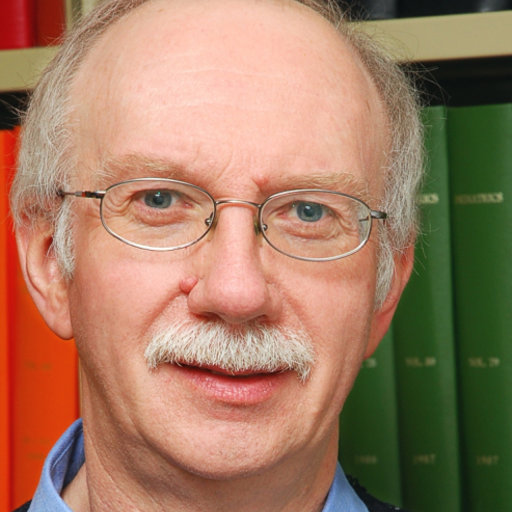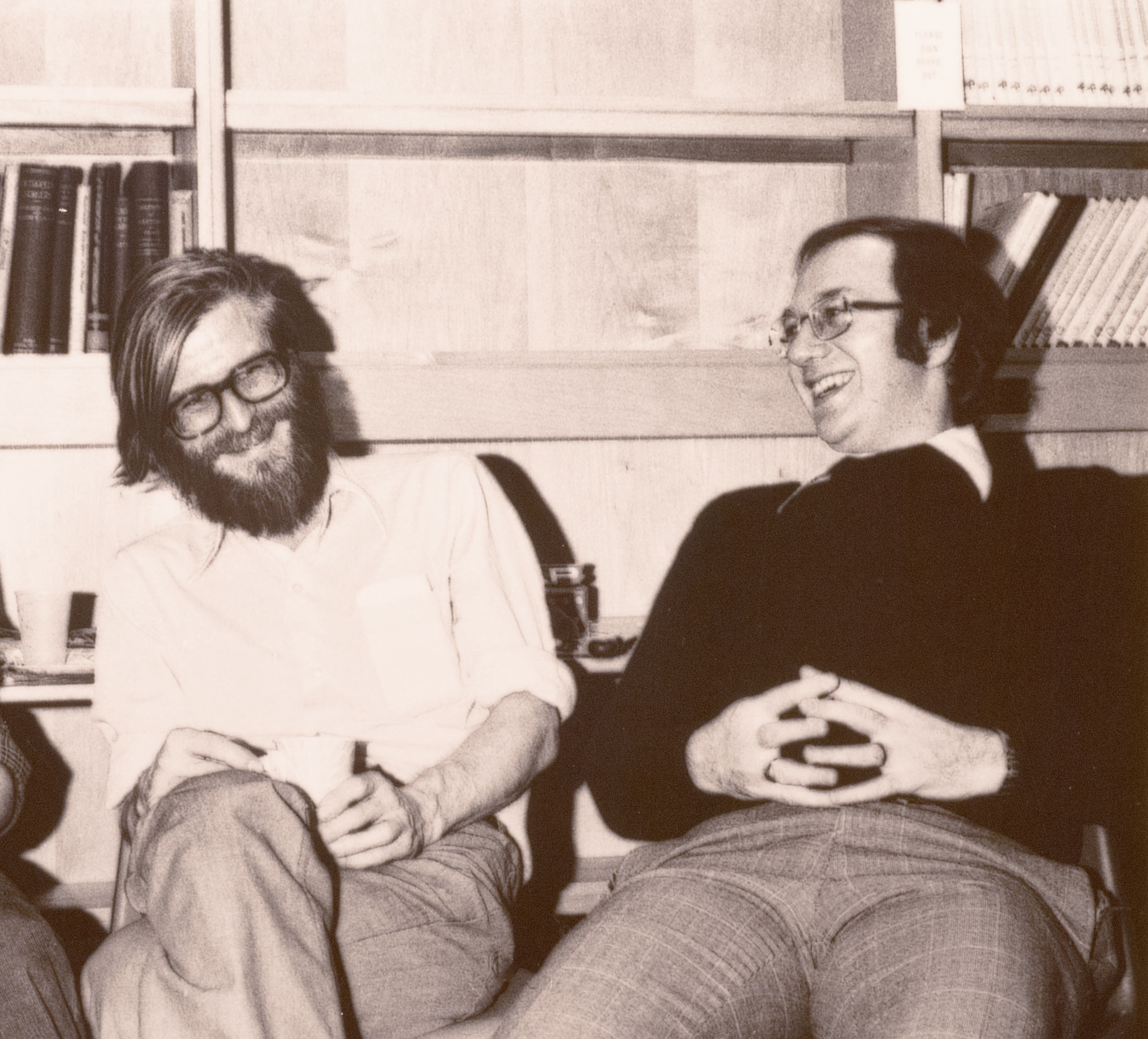Professor Peter Roughley PhD, FIOR (1947-2018)
Professor, McGill University, Canada
 |
Peter died on Sunday, September 16, 2018, at the age of 71, whilst sailing in Montreal with a close friend, a hobby he had grown to love. Dr Roughley arrived from England in the 1970s to begin a research career focused on cartilage and intervertebral disc composition and genetics. Along with Drs Glorieux, Poole, Mort, St Arnaud, and Recklies, he established the Shriners Hospital Research Program as a world leader in these areas. Present members of the Division and all over the world, who benefitted from his mentorship and training include Dr Lisbet Haglund, Dr John Antoniou, Dr Jean Ouellet, Dr George Dodge, Dr Jane Liu, Dr Robert Sztrolovics, Dr Anthony Hollander, Dr Leif Dahlberg, Dr Rahul Gawri, Dr Michael Grant, Dr James Iatridis, Dr Fackson Mwale, Dr Mauro Alini and many others. In addition, he trained a large number of doctoral and masters students and served leadership roles in the Experimental Surgery Program and the Faculty of Medicine at McGill. His international collaborations spanned many continents and countries. Through his diligence and creativity in research, Dr Roughley brought recognition and renown to McGill Orthopaedic Surgery, and the Shriners Hospital and Research Centre. He held key advisory and leadership positions within international research bodies, including the AO Foundation and the Orthopaedic Research Society (ORS). Indeed in 2015, he was awarded a lifetime achievement award from the Philadelphia Spine Society and the ORS for his significant contributions over his fertile career. |
Peter was an outstanding scientist who possessed keen insight into the challenges faced by researchers in the cartilage and intervertebral disc fields of research. A major breakthrough of Peter’s scientific career was his co-authored paper on aggrecan/link protein neoepitopes, published (together with Hughes, Caterson, White and Mort) in the Journal of Biological Chemistry, 1992. In this paper, for the first time, monoclonal antibodies were used to detect neoepitopes generated from proteolytic agents present within the cartilage extracellular matrix. This was the beginning of a new powerful technique to reveal degradation products within tissues and to measure them in the blood and urine, allowing degeneration to be followed.
In work, on intervertebral disc, Dr Roughley and colleagues showed that Link N (DHLSDNYTLDHDRAIH), a 16 amino acid N terminal region of human link protein, can increase both collagen and proteoglycan synthesis in intervertebral disc cells in vitro and in intact human IVDs ex vivo. Furthermore, it was able to increase disc height in a rabbit model of disc degeneration. In his last work, Dr Roughley and colleagues found that the first 1-8 residues of Link N (short Link N, sLN) were able to prevent disease progression in a rabbit model of osteoarthritis.
As a mentor, Peter enthusiastically shared his ideas to who requested. Although, he was a purist and his knowledge daunting, he had a wonderful sense of humour that made him fun to be around. A quote that marked a junior-scientist many years ago, who listened to Peter in a seminar in Montreal was “Ok so I have the results…but I now need to find the story” A revealing statement for all scientists!
In 2006, Mauro Alini invited Peter to give a keynote talk on "The function of cartilage proteoglycans" at the eCM Cartilage and joint repair congress. Since that time, he was closely connected with AO Research Institute on cartilage and disc research. Peter was invited and became a member of the AO Exploratory Board (AO ERB) from 2010 until it closed in 2013. At the same time, he had been involved with ARI as an advisor for the AO Collaborative Research Consortia since they started in 2011. He was known for his thoroughness and critical review process to improve the outcomes of the ARI consortia and to get the partners to focus and think of potential translation outcomes. Due to his eye for scientific detail, he also helped the eCM journal with checking manuscripts in pre-production from 2014 until the end of 2016. He often wrote summaries at the eCM Cartilage and Joint Repair meetings for the journal that were published within the supplements. Peter’s efficiency of language was notable as he would describe the most impactful and complicated science in a manner that would clear everything up, take remarkably few words and seem effortless.
Peter contributed to ensure that the disc does not remain as an afterthought in orthopaedic research and greatly contributed to much spine research, especially in Montreal, Burlington, Mount Sinai and Davos. Peter’s list of scientific collaborators and friends is amazingly deep, spanning well beyond spine and cartilage to impact nearly all orthopaedic researchers and genetics across the globe. We are saddened to lose a great scientist, a mentor for most of us and a good friend.
Beloved husband of 41 years to Sheila, loving father of Fiona (married to Brian) and Simon and adoring Gramps of Aidan. He is survived by brothers Barry (married to Wendy) and Brian (married to Marion) and by sister-in-law Julia (married to Graham). He will also be deeply missed by his nieces and nephews and other relatives and friends.
Fackson Mwale, Geoff Richards, Sheila Laverty, John Antoniou, Lisbet Haglund, James Iatridis, Mauro Alini.

Peter (on the right) and his inseparably friend, John Mort, who, unfortunately, also died in December 2018.
